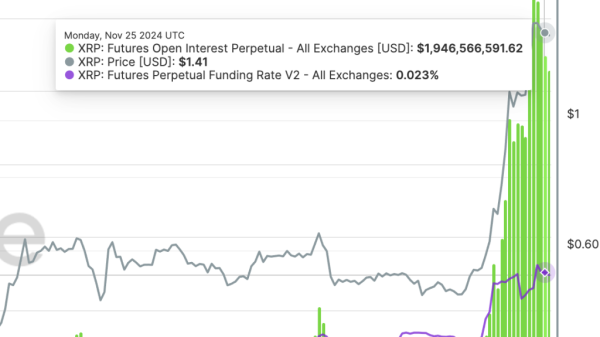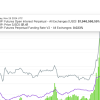In an era where e-commerce has become a constant mainstay, traditional retailers, particularly dollar stores, seem to be grappling with dwindling customer numbers. Despite being once-favored destinations for bargain hunters, dollar stores are going through a rough phase. This article uncovers the reasons behind this decline and provides insights on the broader factors affecting the sector.
At the heart of the dollar store’s continuing struggle is the increasing shift of consumers towards online Shopping. E-commerce giants like Amazon and Walmart offer convenience and competitive prices, making them particularly attractive during the COVID-19 pandemic when customers prioritized safety and preferred to avoid crowded spaces like stores. These online retail platforms offer a wider variety of goods, often enticing discounts, and door-to-door delivery, something traditional dollar stores can’t match. As a result, dollar stores are finding it challenging to retain their customer base who are being drawn to the better deals online.
The second contributing factor is the changes in economic trends and consumer behaviors, as these stores are known majorly for their cheap products. With the rise in minimum wages and higher inflation rates, however, dollar stores are finding it hard to stick to their ‘everything for a dollar’ model. This is leading to an increase in prices across these stores, thereby making them less appealing to budget shoppers.
Moreover, the rise in the conscious consumer trend has also negatively impacted dollar stores. Customers today are becoming more aware of their consumables’ sourcing, and there’s a rising demand for ethically produced products. However, due to their limited suppliers and tight budget constraints, dollar stores often find it difficult to ensure and demonstrate ethical sourcing in their product lineup. This inevitably causes hesitations in consumers keeping societal norms and ethical standards in their buying decisions.
Another challenge for dollar stores lies in the changing shopping preferences of the younger generation. Millenials and Gen Z shoppers tend to favor shopping trips to niche stores and local businesses that offer unique and Instagrammable products and experiences. Unfortunately, dollar stores, with their focus on inexpensive, basic goods, often fail to meet these changing demands from younger shoppers.
Furthermore, economic growth and the rising prosperity in multiple demographic segments mean fewer people need to shop at dollar stores out of necessity. As more people have access to higher disposable income, they are choosing to shop at premium stores that offer a wider range of goods and a better shopping experience.
In conclusion, dollar stores’ struggles are linked to a combination of shifting consumer behaviors, economic factors, and the increasing dominance of online retailers. For these organizations to bounce back, adopting new pricing strategies, revisiting their product offerings, and incorporating a digital presence become paramount.






























